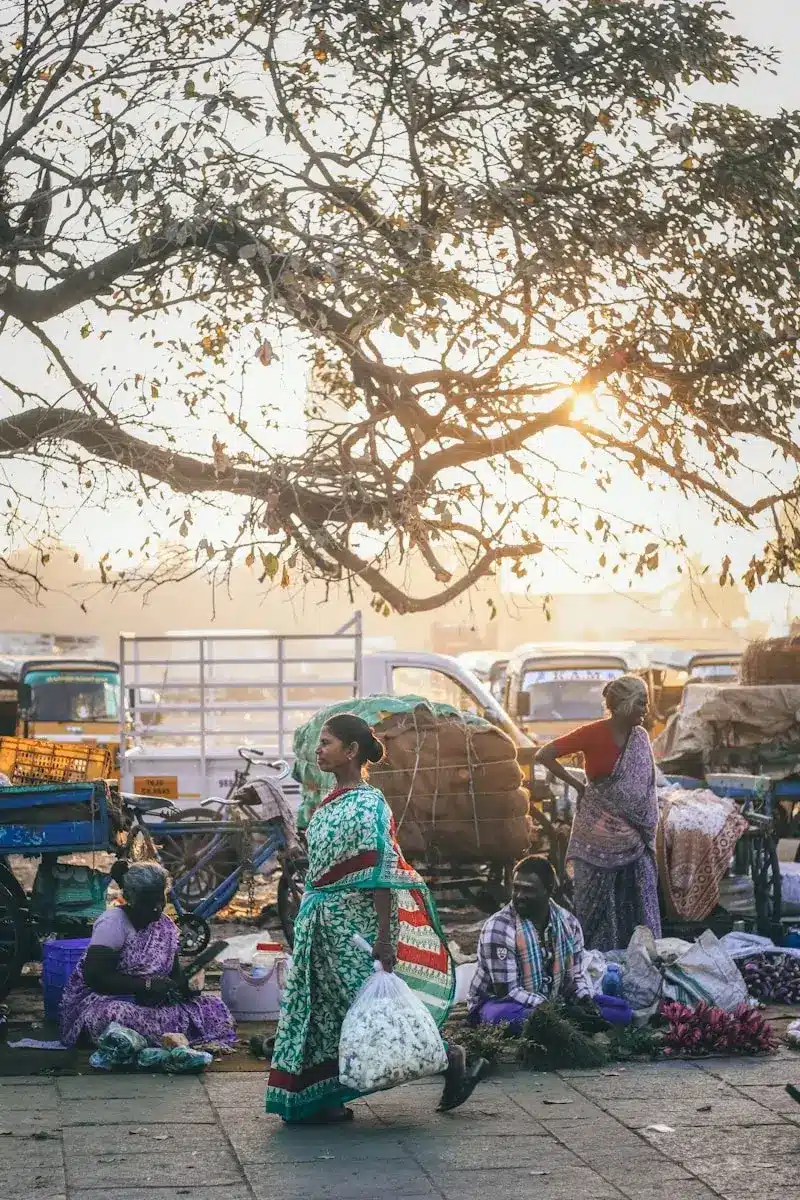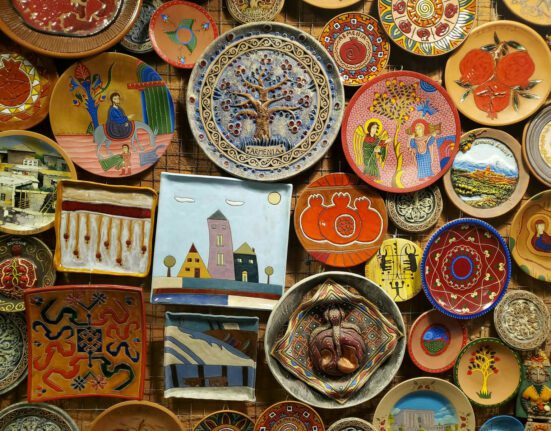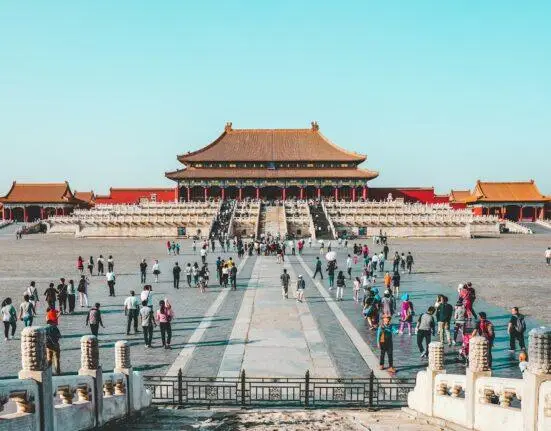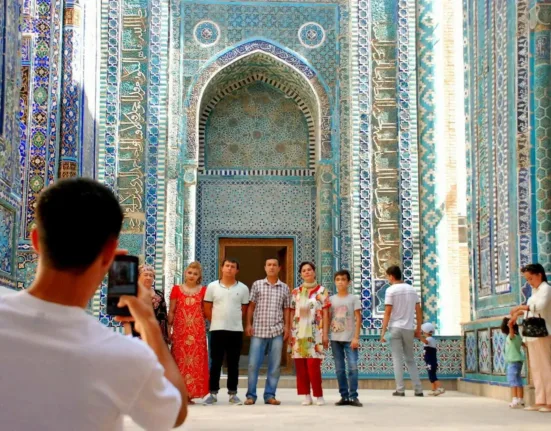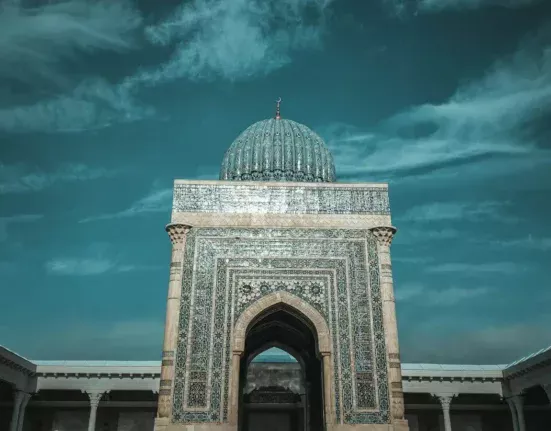Summary. India is a diverse and vast country, making it hard to decide which month is the best to visit. However, October-March is generally considered the ideal time to experience India in all its glory. A trip in the months of October to March, will give you mild temperatures and pleasant weather. This time of year is ideal for sightseeing, exploring, and shopping. Summer months can be unbearable due to the extreme temperatures, so it’s best to avoid this period if possible. However, visiting India during monsoon season, between June and September, can also be great for experiencing outdoor activities such as trekking. Ultimately, the best time to visit India depends on your needs and personal preferences.
Have you ever wondered what the best month to visit India is? India is a vast, diverse and incredibly beautiful country, full of amazing experiences. With its tropical climate and varied landscapes, you may think that any month must be ideal for touring the subcontinent – and you’d almost be right. Every season in India has its own attractions, and the best month to visit really depends on the type of experience you’re looking for, so let’s take a closer look at your options! Are you looking to explore the country’s natural beauty and culture? Interested in trekking in the Himalayas or hitting up some of India’s top tourist attractions?
No matter what you’re looking for when you visit India, we’ll help you find the perfect time to come. As a general rule, the best months to visit India are from October to March. These months experience significantly less rain than the rest of the year and temperatures tend to be more pleasant. Depending on where you’re going, October and November can be the perfect time to explore India’s energetic cities and tourist attractions, while cooler months like January and February are great for nature-lovers or those hoping to catch a glimpse of the stunning Himalayan mountains. That said, these months can be peak tourist season, which means crowds and higher prices.
Tourist numbers drop off significantly during this period, which means it’s a great way to experience India on a budget. So, what is the best month to visit India? Like so many things about this magnificent country, the answer depends on you. Do your research, decide what type of experience you’re looking for and start planning your India adventure today!
What Is The Best Month To Visit India?
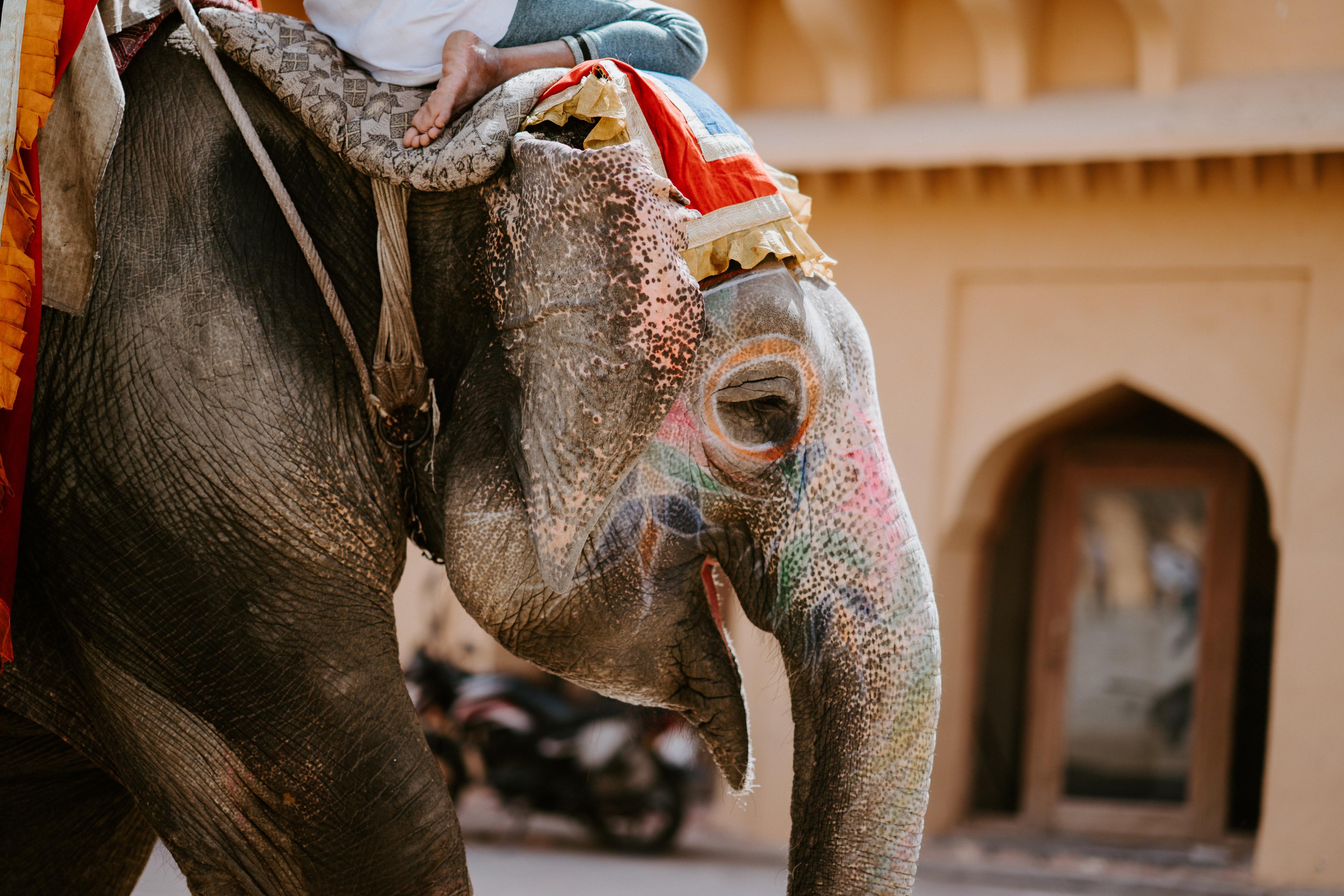
There is no one-size-fits-all response to the question of “What is the best month to visit India?” yet traveling to India is an experience that is genuinely memorable. The time of year you choose to go will affect the kind of experience you have since every month in India has something to offer. Because of their milder temperatures and dryer weather, January through March are the best months for a traditional Indian celebration.
In India, Chinese New Year is celebrated nationwide in February, while the opulently joyous Holi holiday is most popular in March. If you’re traveling to Rajasthan or the Himalayan foothills, these months are excellent for sightseeing. Just remember to bring clothing! The months of April, May, and June are hot in most locations and are best for beach vacations or visits to the northern highland regions for milder days; June is also an excellent month for a tiger safari.
It’s crucial to plan your trip to India with consideration for the country’s heat and dryness. While hotter and muggier, the “rainy season” (June to October) also features some of the most beautiful sunsets, making it the ideal time for boat excursions on Kerala’s backwaters, strolls through Munnar’s tea estates, and beach exploration along the North or East coasts. India is the perfect location for a multifaceted, active vacation because of its beauty, energy, and distinctive culture. You will undoubtedly be intrigued and enchanted whenever you decide to come, and you will leave with memories that will last a lifetime.
Worst Time To Visit India
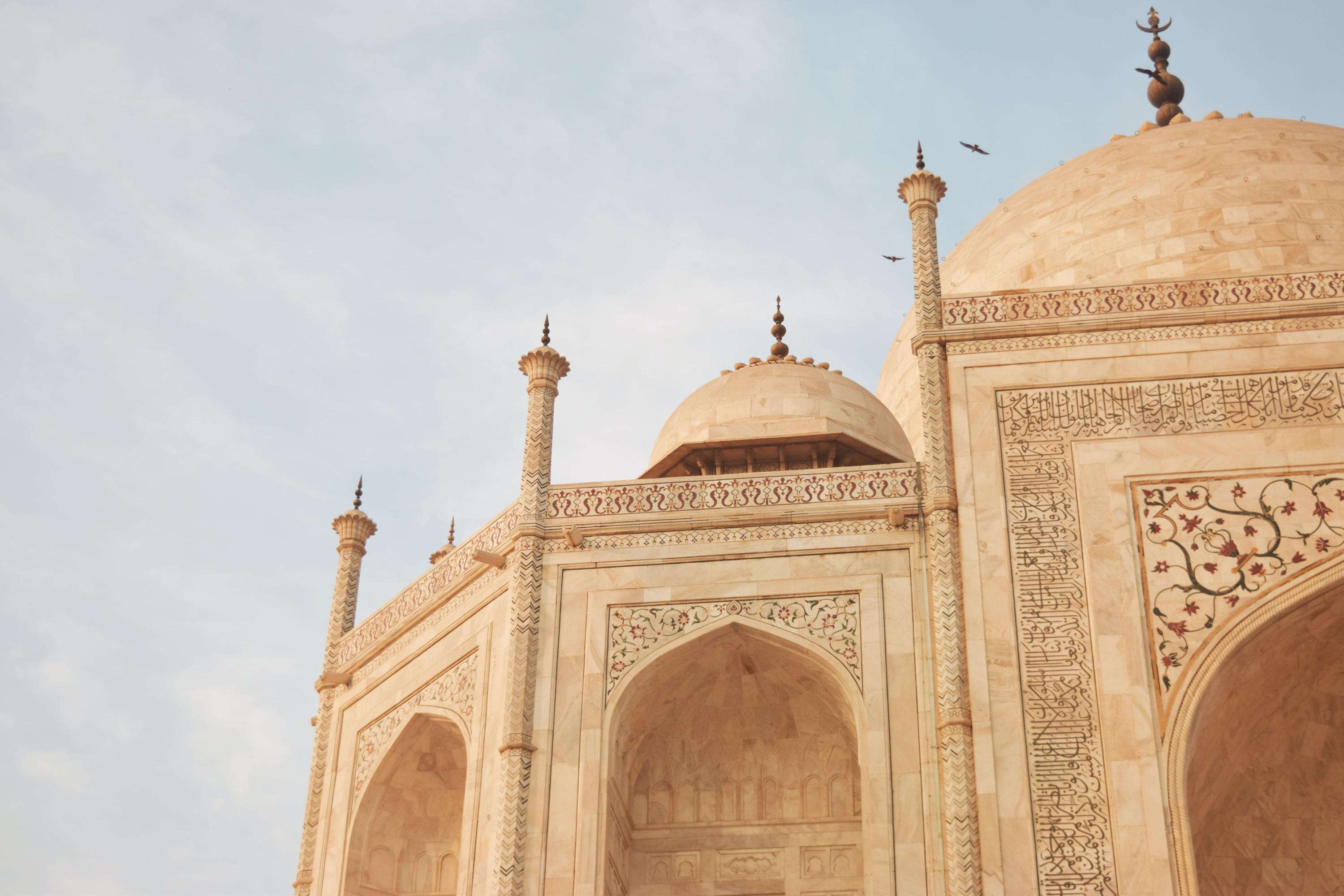
A trip to India might be one that you will never forget. However, time is crucial! India is a tremendously large and varied nation, and each area has a distinctive climate. It goes without saying that between December and February, when temperatures are pleasant and monsoon rains are minimal, is the ideal time to go to India. But what should you think about while making travel arrangements?
The scorching summer months in India begin in April, when most cities see highs of above 40°C and often considerably higher in the country’s northern desert areas. During this season, the weather might be intolerable, particularly in metropolitan places where there is a problem with excessive humidity. Mid-July often marks the beginning of the monsoon season, which is accompanied by floods and significant infrastructural damage in some of India’s poorest regions. The months of April and May should still be avoided, even if you want to go to the southern part of India.
June brings mild monsoon rains to Kerala’s and Karnataka’s coastal areas, making it challenging to drive on the area’s winding roadways. Planning a vacation to India is a difficult undertaking that has to be started well in advance. If you want to go during the summer, late May and early June are ideal since they are free of monsoon rains and have moderate temperatures. However, if you want to go to India in the winter, you should schedule your trip for late December or early January, when India’s holiday season is in full flow and the weather is often agreeable. However, according to recent data on the air quality in several places, avoiding travel there at this time is advised.
Best Times To Visit India To Beat The Crowds

India is a stunningly gorgeous nation with a wide range of cultural experiences. India is a well-liked tourism destination due to its fascinating culture, stunning scenery, and amazing wildlife. The ideal time to go to India is between October and March, however, if you want to escape the crowds. There are a variety of possibilities available during this season for all sorts of tourists, including those looking for adventure, the sun, or a chance to immerse themselves in the local culture.
The Taj Mahal in Agra, a UNESCO World Heritage monument, is one of the most well-liked destinations for touring in India. Peak season may be quite busy, but if you go between the months of October and March, there won’t be as many people there and you can still enjoy the same attractions. This time period is also a fantastic choice for people seeking adventure to explore the hilly areas of India, from paragliding in Himachal Pradesh to hiking in the foothills of the Himalayas.
In India, the festivals of Holi, Diwali, and Dusshera are just a few of the many cultural and religious activities available from October through March. These months are a fantastic time to visit India, enjoy the history, and participate in the festivities since India has a vast history and numerous religious, spiritual, and cultural celebrations from October to March.
Things To Consider Before Visit India
There are a few things to think about if you’re considering a vacation to India. There is something for everyone in this dynamic, old nation, which is full of opportunities, various cultures, and lively people who will make your trip something to remember. You’d be prudent to conduct your study and make sure you have all the data in order to maximize your experience, despite all its grandeur and distinctions. When to travel is among the most crucial considerations you’ll have to make. The experience might greatly differ depending on where you go and what time of year you go.
Northern India is very lovely in the winter. Snow-covered mountains, crystal-clear sky, and maybe even the opportunity to see the sacred Ganges river freeze over are all possible. Not to mention the breathtaking landscape that beckons exploration. The negative of the winter season is that it is often colder and that the overnight lows may be as low as 10 degrees Celsius.
The experiences available throughout the summer are very different. The peak travel period occurs at this time, which is between April and June. During the summer, India is like a whole other planet, from the Goa beaches to the bustling metropolis. Keep hydrated and use plenty of sunscreen as the temperature soars to up to 40 degrees celsius. The benefit of the increasing heat is that you can enjoy the street cuisine and lively atmosphere of India as it is now in full swing.
Is India Cheap For Tourists?

India is one of the most popular tourist destinations in the world because it is a diversified and intriguing country with a rich and fascinating history. India is well known for its warm hospitality, fascinating culture, and mouthwatering food. It’s hardly surprising that travelers come to India for a once-in-a-lifetime experience given its gorgeous beauty, rich history, and infinite attractions. Are you unsure whether India is a good choice for tourists on a tight budget? The good news is that India is one of the most reasonably priced vacation destinations in the world, offering a wide range of possibilities for tourists of all financial abilities.
On the ground, costs for lodging, transportation, and food won’t be prohibitive. Additionally, visiting sites in India doesn’t have to be expensive since the majority are either free or very reasonably priced. However, between October and February is the greatest time to visit India if you want to get the most for your money. With comfortable temperatures and little rain, these months have the best weather.
Indian cities are also relatively affordable to visit all year round, outside of the busy travel season. The greatest places to go in India on a tight budget are Delhi, Agra, Jaipur, Hampi, Kerala, and Goa. From majestic old palaces and temples to picturesque beaches, art galleries, and marketplaces, these towns have some of the most spectacular tourist attractions in the nation. For visitors on any budget, the cost of sightseeing, lodging, and food in India is quite reasonable.
Wrapping Up
Visiting India during the winter has many advantages, and it’s no surprise that it’s considered the best month to visit the country! The long, sunny days make for perfect sightseeing trips and holiday destination trips, with none of the oppressive heat typically seen during the summer months. What’s more, winter brings in a wealth of festivals and cultural events. Think deepavali, one of India’s most celebrated festivals, which takes place in October or November. Or Holi, the vibrant and lively spring festival of colors, often in March.
On top of all that, the winter months provide a less busy time in India. Tourism numbers are relatively low during this time, allowing you to find better deals on transportation, accommodation, and sightseeing activities. So if you’re looking for a low-cost, low-hassle holiday, winter may be the best time for you to visit India. But don’t be fooled – winter in India can still be fairly warm.
So don’t forget to pack your sunscreen and umbrellas – you’ll definitely need them! So what do you think – is winter truly the best month to visit India? What would be the best month to visit your favorite part of India? Would you recommend any particular festival or cultural event to attend? Share your thoughts in the comments below – we’d love to hear your ideas!
Frequently Asked Questions (FAQs):
Are there any specific festivals or events during the best months to visit India?
Yes, the best months to visit India coincide with several colorful festivals and events. Diwali, the Festival of Lights, usually falls in October or November, while Holi, the Festival of Colors, takes place in March. Other popular festivals during this period include Navratri, Durga Puja, and Christmas celebrations.
Are popular tourist attractions less crowded during the best months to visit India?
Yes, the best months to visit India often see a decrease in tourist crowds compared to the peak summer season. However, popular tourist sites and attractions may still have moderate crowds, especially in major cities and popular destinations. It’s advisable to plan your visits during weekdays and book tickets in advance to avoid long queues.
Are hotel rates higher during the best months to visit India?
As the best months to visit India coincide with the peak tourist season, hotel rates may be slightly higher compared to other times of the year. It is advisable to book your accommodations in advance to secure better deals and availability, especially in popular tourist destinations.
Are there any specific regions or cities that are recommended during the best months to visit India?
Several regions and cities in India are particularly recommended during the best months to visit. Some popular choices include Rajasthan for its vibrant culture and desert landscapes, Kerala for its backwaters and lush greenery, and the Golden Triangle (Delhi, Agra, and Jaipur) for its historical sites and architectural wonders.
What are some activities or experiences that are best enjoyed during the best months to visit India?
The best months offer ample opportunities for various activities and experiences in India. From exploring ancient forts and palaces, indulging in wildlife safaris, trekking in the Himalayas, to enjoying beach destinations and cultural festivals, there is something for everyone during this time of the year. It’s the perfect time to immerse yourself in India’s rich heritage and experience its timeless charms.
Feeling Inspired? Other Articles About India To Read:
- The Best Way To Plan A Trip To India: A Comprehensive Guide
- What To Know Before Visit India? Preparing For India Visit
- Are Holidays To India Safe?
- What Is The Best Month To Visit India? Unveiling India’s Timeless Charms
- Is India Expensive? How To Save On Your Trip!
Your Next Adventure Starts Here – Don’t Miss Out!
Everything you need to book, plan, and live your dream trip—right at your fingertips. The best deals and experiences sell out fast, so start exploring now before they’re gone.
Score unbeatable airfare deals with Skyscanner and Expedia. Compare flights worldwide, find hidden discounts, and book in minutes. Lock in your ticket now before prices jump.
Find the perfect place to stay anywhere in the world. Compare prices, read reviews, and book instantly for peace of mind on your travels.
Protect yourself while traveling with comprehensive insurance options. Quick setup, global coverage, and peace of mind wherever you go.
Discover tours, activities, and unforgettable experiences. Book easily online and explore at your own pace.
Get your Revolut card to manage your finances effortlessly while traveling. Instant digital setup, low fees, and worldwide acceptance make spending safe and simple.
Stay connected anywhere with global eSIMs from Airalo. Easy setup and affordable data plans for travelers.
Book local experiences and deals effortlessly with Saily. Save money while discovering unique activities.
Claim compensation for delayed or canceled flights with AirHelp. Quick and hassle-free process for travelers.
Love our content? Support our team in content creation via Buy Me a Coffee. Every contribution helps us deliver better guides, tips, and travel inspiration.

